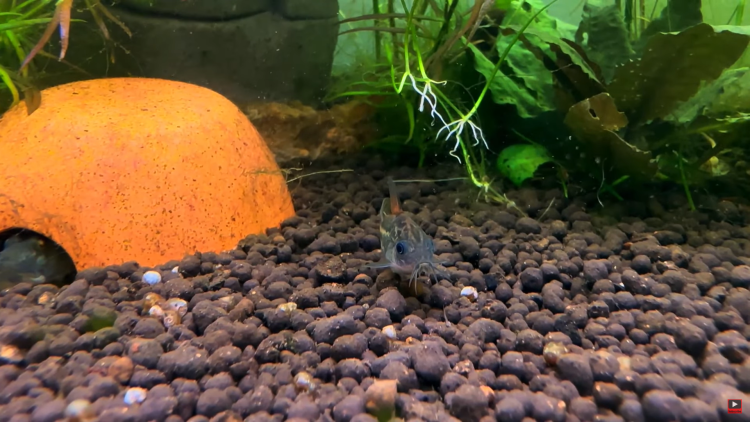Treating Corydoras Catfish with Salt
- Mar 11, 2023
- Anshika Mishra
- 3131 0 0

In this article, we want to talk about using salt for Corydoras. While mostly are against using salt on Cory because they are scaleless, and the salt can burn them. But that's not quite true.
The short quick answer is - yes, you can use salt for your Corydoras. However, to find out why and how are discussed here.
Scutes not Scales
The mystery of why you can't use salt on Corydoras usually stems from them being scaleless. People are often worried that the salt will burn their skin. But it's not true.
The Corydoras are armored catfish. This means they can make scutes instead of scales. These are horny armored plates that you see on Corydoras. It is the small things that you see on Tortoiseshells and alligator skin, and they do a far better job at protecting the fish than scales.
This is why Corydras tend to be the last fish in your aquarium to get ick or any external parasites or fungus because those scutes protein them really well.
Osmoregulation
Osmoregulation is what maintains the fluid balance and concentration of electrolytes in bodily fluids. Since Corys come from the water where there is basically no salt, they've never evolved the need to develop this type of system.
Also, since they have scutes instead of scales when you dose salt in your aquarium, they will not absorb it through their skin like other fishes. The majority of the salt intake will occur through the gills. This is why it's a good idea to dissolve the salt in a cup of water before adding it to the aquarium.
This is also a drawback, as other fishes can expel high levels of salt through their skin via osmosis. However, in Corys, it can actually trap in the salt.
That's why long-term exposure to salt can cause kidney failure and, ultimately, death.
How to Treat the Salt?
It is okay to treat Corydoras with salt; the keyword being treated 24-48 hours is generally not long enough to cause any problem. And this is the same with other fishes in general.
1-2 tablespoons per 10-gallon is a great place. You can also increase it a few spoons based on the severity of the disease and how far along it is before you cath.
But ultimately, you'll have to decide what's best for your current situation. Hopefully, with all the above information, you are better equipped to make the best decision possible.







About author